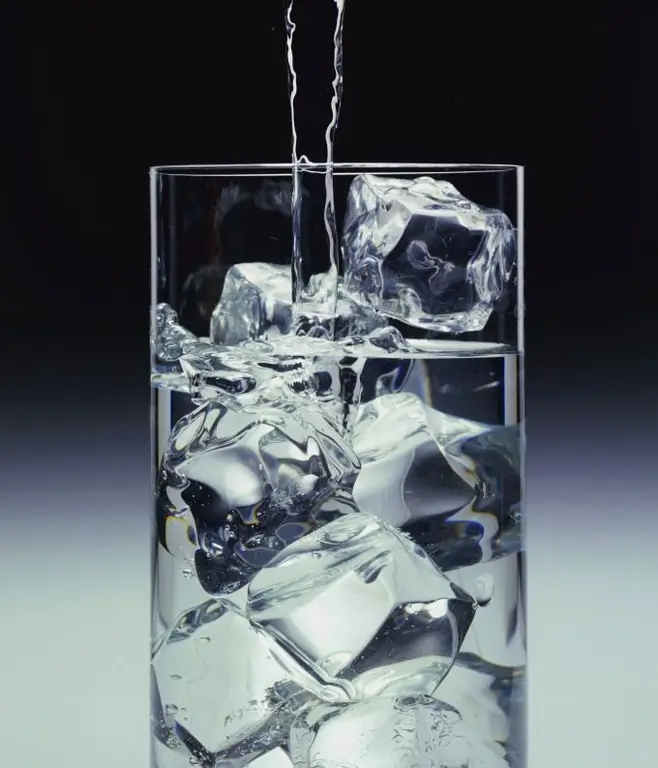Product photography has always been a popular trend, and this trend has not changed over time. But some shapes and surfaces are not easy to capture in the most beneficial way. In particular, transparent objects cause many difficulties: not only do they reflect light, but everything in the background can also be seen through them.

It is necessary
- - flash,
- - Whatman sheet,
- - cardboard box,
- - a sheet of glass,
- - the cloth,
- - mirror.
Instructions
Step 1
Transparent objects allow light to pass through and reflect it. They glare very strongly, and in the photo you can see all the reflections of the surrounding interior, which, perhaps, was not planned to be included in the frame. To get rid of this effect, place a transparent object on a glass plate. Then place two light sources: one above the object, the other below it and under the glass. It is necessary for the transparent to be highlighted both from below and from above.
Step 2
You can use a cloth instead of a glass stand, and illuminate an object from below through it. This will give you interesting effects that emphasize the edges and surfaces of your subject. Since the object is illuminated through the fabric, the light will seem to be emitted by itself, usually it turns out very beautifully. You can use two flashes: under the fabric and above it. It is unlikely that you will be able to photograph without shadows, therefore, it will be quite difficult to achieve this, so it is better to work with them so that the shadows emphasize your idea.
Step 3
A fairly common way of photographing transparent objects is to photograph them against a white background to create dark outlines. Take a cardboard box from which you cut off three sides to make something like the letter P. With it you will get rid of glare. Cover the back empty wall with white Whatman paper. Use a sheet of glass or a mirror as the bottom of the composition. Place the flash behind the Whatman paper so that it fires “on the light”.
Step 4
Using a soft box, you can shoot a transparent object dark on a dark background, but with light outlines. To do this, place the soft box opposite the camera, covering it in the center with a dark sheet of cardboard or plywood, which will be used as a background. Another often soft box will remain open and provide enough light to emphasize the contours.
Step 5
Similarly, you can use different backgrounds and lighting options, experimenting with color.
Step 6
Very unusual pictures are obtained using a polarizing filter. Its peculiarity lies in the fact that the polarized light, which is given by reflections, is neutralized by this filter. Transparent objects will play in a completely new way.






